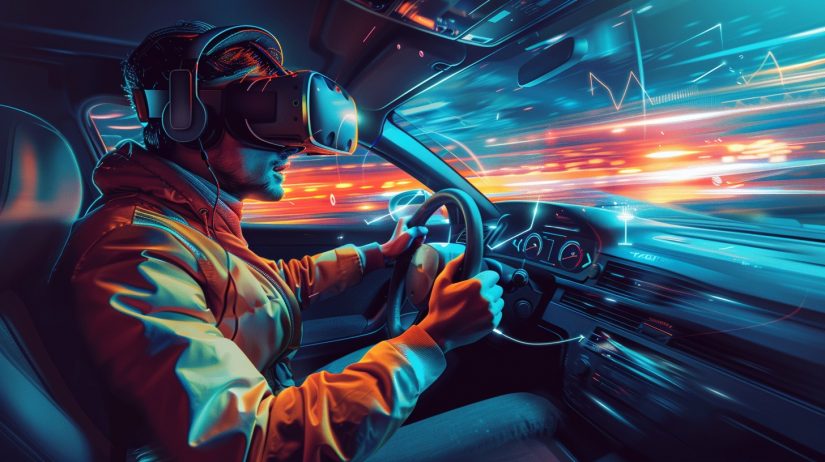With the rapid advancements in gaming technology, driving simulators have become more realistic than ever. This blog dives into the potential advantages and limitations of using video games as a learning tool for driving.
One key benefit of virtual driving is the ability to skip various procedures and start using the vehicle immediately for its intended purpose. Unlike the real world, where you need to go through processes like a fahes vehicle inspection and obtaining necessary permits, virtual driving allows learners to focus solely on mastering driving skills without administrative hurdles.
We’ll explore how certain skills developed in gaming might translate to real-world driving and highlight why professional instruction remains crucial for becoming a safe and confident driver.
How Video Games Can Sharpen Driving Skills
Driving simulators and video games can surprisingly enhance real-world driving skills. By complementing traditional driver education, gaming helps develop crucial abilities for safer, more confident driving.
Improved hand-eye coordination
Video games greatly improve hand-eye coordination. Research in Psychological Science shows action gamers make faster decisions without losing accuracy — skills that directly enhance vehicle control, like steering and operating pedals.
Faster reaction times
Quick reflexes are key to safe driving, and video games help sharpen them. Researchers at the University of Rochester found action games train players to make faster, more accurate decisions under pressure. These reflexes are invaluable in reacting to sudden obstacles or traffic changes. Online hazard perception tests and driving simulators can further build this skill.
Better spatial awareness
Spatial awareness is crucial for judging distances, navigating tight spaces, and staying in lanes. Certain games are highly effective for honing this ability. A study in Current Biology (September 10, 2018) found gaming improves spatial awareness, supporting better driving habits.
Enhanced multitasking
Many video games teach multitasking, a skill vital for driving. Gamers excel at balancing tasks like monitoring speed, checking mirrors, and navigating traffic, boosting situational awareness and safety.
Comfort with vehicle controls
Driving simulators provide a safe space for new drivers to practice basic controls. While virtual controls differ from real ones, these games reduce anxiety and build confidence, making the transition to real-world driving smoother. It’s a great way to calmly enjoy the process, improve your skills, and not worry about whether you’ve done the fahes inspection or arranged insurance.

A useful supplement to driver education
While video games offer clear benefits, they shouldn’t replace professional driver education. Formal training is critical for learning traffic laws, safe habits, and gaining real-world experience.
In the next section, we’ll explore driving simulation games and how they can support driver training. Whether you’re a new or experienced driver, gaming can be a fun way to sharpen your skills.
Driving simulators: Virtual roads to real skills
Driving simulators have become advanced tools for supplementary driver education, offering realistic experiences to develop skills like hazard perception, traffic navigation, and vehicle handling. Popular options like City Car Driving, BeamNG.drive, and Euro Truck Simulator 2 provide valuable practice in safe, controlled environments.
Modern simulators even incorporate VR for enhanced immersion. However, they cannot fully replicate real-world driving dynamics, such as physical sensations or sensory feedback. While helpful for foundational learning, simulators should complement — not replace — professional instruction and hands-on experience.
The limitations of virtual driving
Virtual driving has limitations that impact its effectiveness in preparing drivers for real-world conditions. The lack of physical feedback makes it harder to develop proper vehicle control, while oversimplified traffic scenarios fail to replicate real-world complexities like unpredictable pedestrians or adverse weather.
Additionally, virtual driving can lead to overconfidence, especially among younger drivers, and often omits critical factors like poor road conditions or vehicle maintenance, which are essential for safe driving.

